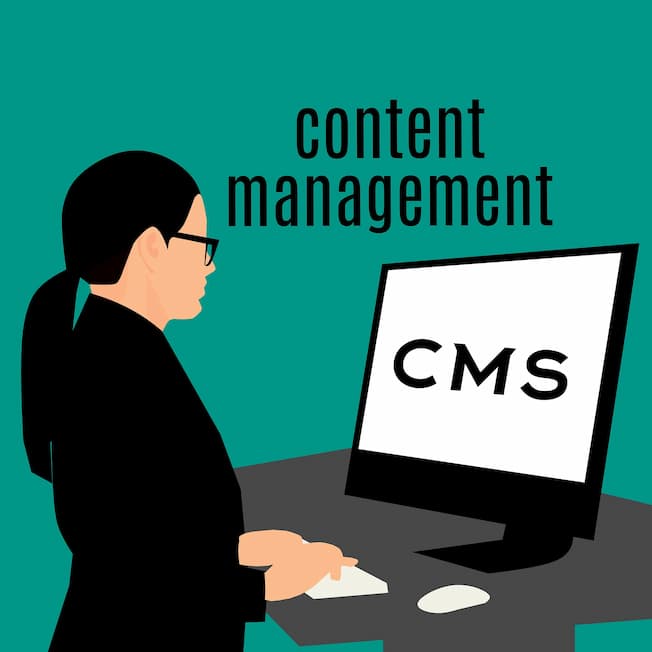The Different Kinds of CMSs Available
A CMS is a software that helps people build and manage websites. Many options are available, each one with its strengths and weaknesses. Some popular choices include WordPress, Drupal, Wix, Joomla, etc. This article explores the pluses and minuses of the most-used and best-known CMSs on the market.
WordPress
WordPress was created two decades ago and powers the majority of websites today. It is constantly changing to adapt to modern-day developments. With a wide variety of plugins and themes, creating a website with this content management system is a piece of cake.
Advantages
- Add-ons and themes for every need
- Can be improved because it’s an open-source system
- Intuitive and understandable panel
- Dynamic structure
- Free
- Quick and easy to set up
- Numerous third-party add-ons
Disadvantages
- Security issues
- Site speed can slow down with extra plugins and added code
- Premium themes are expensive
Joomla
Joomla was launched two decades ago as well. You can develop apps and create websites with this builder. It is popular because of its expandability.
Advantages
- Open source
- All kinds of add-ons
- Free
- Easy and quick to install
Disadvantages
- Requires code knowledge
- Speed problems with more add-ons
- Compatibility issues with plugins and themes
- The panel isn’t entirely intuitive
- SEO is hard for new users
- Vulnerable to threats
HubSpot
HubSpot CMS Hub is a fully integrated CMS specifically targeting business owners and marketers. It runs on top of HubSpot’s CRM platform, which features a myriad of operation, service, and sales tools. It is a good choice if you’re looking for an all-in-one system to manage your site.
Advantages
- No technical background needed
- Drag-and-drop editor
- Integrated SEO tools
- Smart content features
- Personalization features
- Serverless functions
- Command line options
- Flexible theme options
- Inbuilt security features
Disadvantages
- No free version, only a free trial
- Not suitable for e-commerce
Drupal
Drupal precedes both WordPress and Joomla, created back in 2001. Well over a million websites utilize this CMS.
Advantages
- Versatile
- Process thousands of users simultaneously
- Free module support
Disadvantages
- Requires technical knowledge
- Speed problems with extra added codes
Magento
Magento is a dynamically growing e-commerce tool. The CMS is open source and uses the Zend PHP and MySQL databases.
Advantages
- Superb business site development
- SEO-friendly system
- Manage multiple stores
- Helps with scaling a business
- Highly secure payments
Disadvantages
- Requires a lot of space and memory on the server
- Hard to install
- Uniqueness is a challenge
- Website hosting is not free
WooCommerce
WooCommerce is one of the best-known e-commerce platforms worldwide. It’s easy to manage and highly flexible. Technically, it’s not purely a CMS platform. It operates as a WordPress plugin, so you must install WordPress first.
Advantages
- Available as free software
- Vast selection of themes
- Lots of available plugins
- Works with any WordPress theme
- You can sell physical or digital products
- Full inventory management
- Stock is easy to keep track of
- Sell affiliate products through links
- Supports PayPal and Stripe payments by default; you can add others
Disadvantages
- You need WooCommerce hosting to get started
- The website-building options can be overwhelming
- If you want extended support, you can only use themes made for WooCommerce
Wix
Wix is a popular, affordable web development platform based in the cloud. You can create an HTML5-based mobile-responsive website using fully functional drag-and-drop tools.
Advantages
- Beginners can design a website using a drag-and-drop system
- Use existing templates
- Perfect choice for small businesses
- The platform publishes new tools and designs regularly
- Dedicated support
- Friendly service by phone or email
Disadvantages
- You can’t change website templates once you’ve created them
- Drag and drop functions don’t provide a clean code structure
- Potential vulnerabilities in the code system.
Table of Contents
